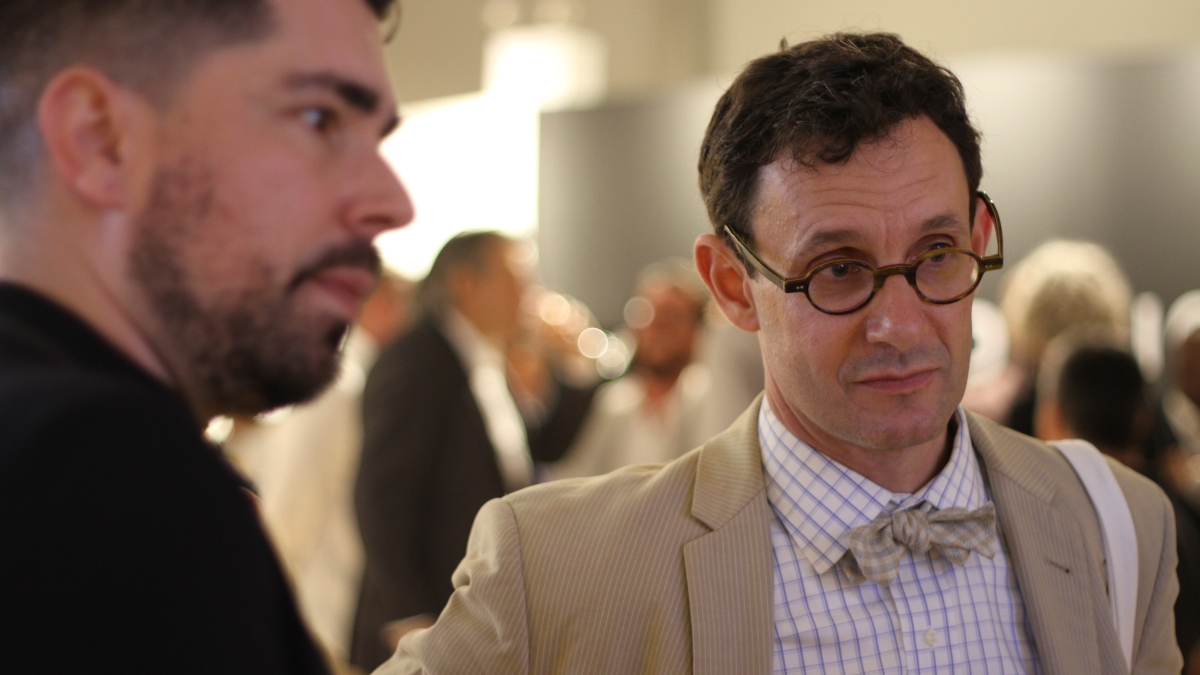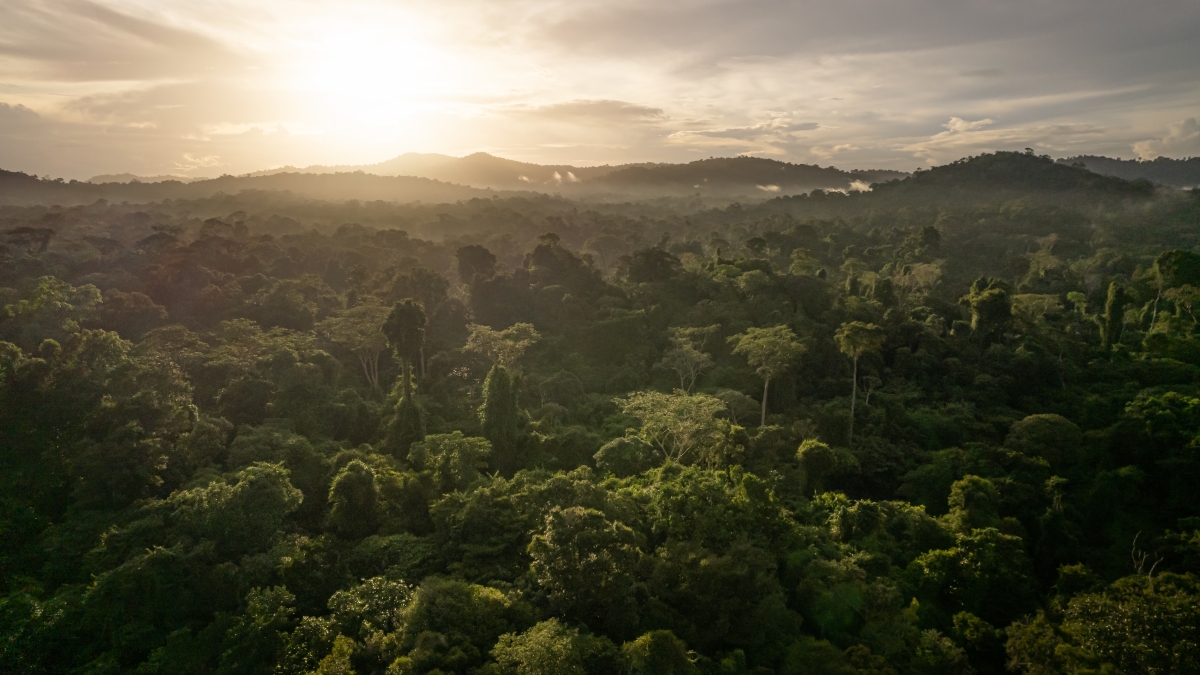ASU team hits Miami seeking sustainable future
ASU team shares design strategies at Design Miami — an influential, international conference for design and the arts

Led by Herberger Institute faculty, a team of ASU students has recently returned from an international conference for designers, architects and developers where they discussed how to hit United Nations goals for prosperity and sustainability.
ASU’s group — including Dean Steven J. Tepper and students from journalism, film and sculpture — presented a series of talks at the Design Miami conference from expert speakers, discussing sustainable design strategies, which are part on the United Nation's landmark Paris Agreement and increasingly important as the world’s urban population grows.
According to a U.N. talking-points paper: “The way in which cities, buildings and shelters are built today is highly unsustainable and needs to change. The decisions made about how these cities are built and how industries grow, thrive and employ will impact generations.”
Design Miami, held alongside the Art Basel international art fair each December, touts itself as “the premier venue for collecting, exhibiting, discussing and creating collectible design.” It features panel discussions, gallery shows, lectures and networking opportunities. Tepper saw it as a key opportunity to introduce the U.N. sustainable development goals, calling on the influencers in attendance to build resilient infrastructure, promote sustainable industrialization and foster innovation.
“Transforming the way in which infrastructure is designed and built — with a focus on low-emission and resilient construction — will require a new level of commitment from designers, architects and developers,” the U.N. talking points read.
The Paris Agreement’s 17 goals to transform the world by 2030, include eliminating poverty, hunger and gender equality while increasing access to affordable energy, clean water and sanitation, and responsible consumption and production.
According to the U.N., the majority of the world’s population lives in cities today. By 2050, over 65 percent of people are projected to be living in urban areas. The paper said “design infrastructure and industries will determine the future of not only environmental health in these cities, but also the health and safety of the residents who live in these cities.”
Assisting Tepper deliver the message were three ASU faculty and four students, who interned with CNN Style, the official media sponsor of Design Miami. In addition to helping CNN with their coverage of the event, they also produced a 90-second digital video, which will be aired next week on CNN’s website and Facebook page.
Andrew Noble, a graduate 3-D and virtual reality sculpture in ASU’s School of Art, said the video couldn’t be more timely or relevant.
“We have someone entering office who doesn’t necessarily believe in climate change and the environmental impacts currently taking place,” Noble said.
Sustainability, journalism student Jiahui Jia said, can mean much more than impacts to the environment.
“It can be expanded to bigger ideas like gender equality and poverty,” said Jia, a graduate student in the Walter Cronkite School of Journalism and Mass Communication. “It’s good for a journalist to be exposed to a wide variety of experiences. Now I can apply the concepts of sustainability when I do a story.”
For film major Rebecca Wilson, her week in Miami turned out to be a cornucopia of contacts.
“I took the initiative to network and that was a priceless experience,” said Wilson, who is a senior in ASU’s School of Film, Dance and Theater. “I met some pretty amazing designers and architects who are looking forward to hearing from me after I graduate.”
Tepper said the Miami trip produced several good outcomes. He specifically cited the student experience with CNN; a deepening relationship with the senior leadership at the UN and plans to explore partnerships with other foundations around art and sustainability.
Photo: Herberger Institute for Design and the Arts Dean Steven J. Tepper.
More Environment and sustainability

Study: Conservation actions highly effective at halting, reversing biodiversity loss
A new study, led and contributed to by Arizona State University faculty, provides the strongest evidence to date that not only is nature conservation successful, but that scaling up conservation…

Barrett Honors College to host nature walks for science, relaxation
Barrett, The Honors College at Arizona State University is gearing up to participate in the City Nature Challenge (CNC) for the fourth consecutive year. This annual event, taking place April 26–29,…

Arizona adapting to heat crisis with initiatives featured in ASU report
Arizona State University's Knowledge Exchange for Resilience, also known as KER, released its Recommendations Report on Extreme Heat Preparedness earlier this April during a summit in the nation's…